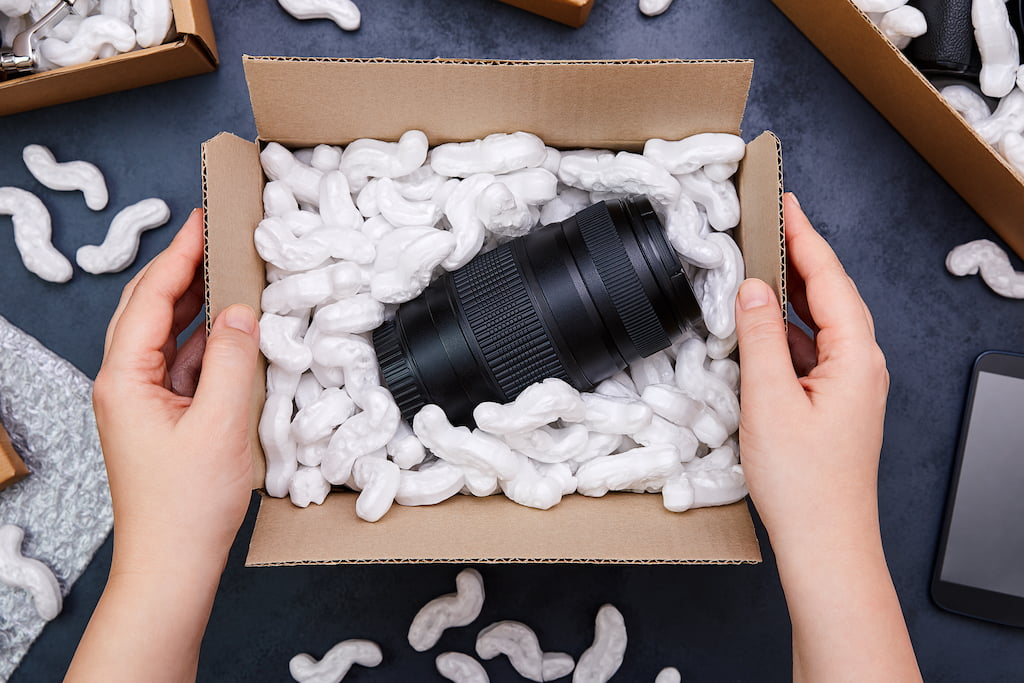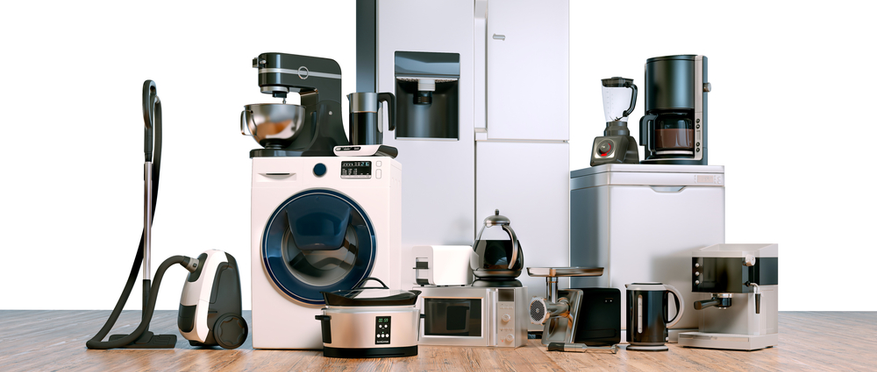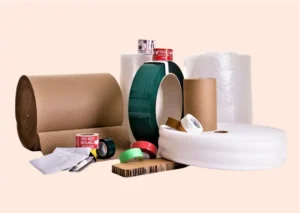Table of Contents

Key Takeaways
-
Use sturdy boxes and anti-static materials for safe electronics transport.
-
Back up data and remove batteries or ink cartridges before packing.
-
Wrap each item individually and cushion them with bubble wrap or foam.
-
Label boxes clearly with “Fragile” and “This Side Up” for careful handling.
-
Contact us for professional heavy-duty electronics packing services.
Essential Materials for Maximum Protection
When moving heavy-duty electronics, the right materials are your first line of defense. Think sturdy, think cushioned, think anti-static. You wouldn’t send a knight into battle without armor, so don’t send your electronics into the moving truck unprotected. Here’s what you’ll need:
-
Heavy-duty, double-walled boxes
-
Anti-static bubble wrap or foam
-
Sealable plastic bags for small parts
-
Bold markers for clear labeling
These materials aren’t just suggestions; they’re the foundation of ensuring your electronics arrive in the same condition they left.
Custom Solutions for Unique Electronics
Every electronic is different. That’s why a one-size-fits-all approach just won’t cut it. A gaming console has different needs than a server rack. Assess each item and match it with the packing solution that fits like a glove. It’s like picking the right tool for the job – necessary and non-negotiable.

How do you package heavy electronics?
Assessing Your Equipment’s Packing Needs
Before you start wrapping and boxing, take a good look at your electronics. What are their vulnerabilities? Where are they most likely to sustain damage? Your big-screen TV is a different beast than your desktop computer. By understanding the specific needs of each item, you’re paving the way for a damage-free arrival.
Dismantling and Preparing Your Devices
Preparation is key. Before you wrap anything, back up your data. Remove any batteries or ink cartridges. Detach cables and wrap them separately. Place screws and other small parts in sealable plastic bags and tape them to the device they belong to. It’s like prepping ingredients before cooking – it makes the whole process smoother.
For example, if you’re packing a printer, remove the ink cartridges to prevent leaks. Then, secure the scanner lid with tape to keep it from flying open during the move.
And remember, if you’re unsure about how to properly dismantle your devices, refer to the user manual or contact us for professional guidance.
Step-by-Step Packing Process
Now, let’s pack. Begin with the largest and heaviest items first, like your TV or desktop tower. Wrap them in anti-static material, then surround them with enough bubble wrap or foam padding to absorb shocks. Place them in the box gently. Fill any gaps with extra cushioning material. It’s like tucking your electronics in for a long journey.
For smaller electronics, such as routers or game consoles, wrap each item individually before placing them in their boxes. Smaller boxes within a larger box work well for these – a box-in-box technique that adds an extra layer of protection.
Most importantly, seal the boxes with high-quality packing tape, and label each box with the contents and handling instructions. Use phrases like “Fragile,” “This Side Up,” and “Handle With Care” to ensure your movers know the importance of the cargo they’re carrying.

Best Practices for Wrapping and Cushioning
Think of your electronics like a ship in a bottle; they need to be secured and protected on all sides. Here’s how to ensure they’re wrapped tightly and cushioned properly:
Selecting the Right Wrapping Materials
Choosing the correct wrapping materials is crucial for protecting your electronics. Anti-static bubble wrap is perfect for preventing static electricity that can damage sensitive components. Foam padding works wonders for absorbing shocks and impacts. And don’t forget about foam peanuts or crumpled paper for filling in those extra spaces in boxes.
Techniques for Shock Absorption
Imagine dropping a box only to hear a dreadful crunch. That’s the sound of insufficient shock absorption. To avoid this, wrap your electronics with multiple layers of bubble wrap and secure them with tape. Place the heaviest items at the bottom of the box and lighter ones on top, cushioning each layer with foam or padding.
Additionally, make sure that the items don’t move inside the box. Movement equals risk, and we’re in the business of risk reduction.
For items that are especially heavy or bulky, consider using custom foam inserts that mold to their shape, providing a snug fit and superior protection.
Ensuring Anti-Static Protection
Electronics and static electricity are not friends. To avoid any static-related mishaps, always use anti-static bags for components like hard drives, motherboards, and graphics cards. This is especially important in dry climates where static can build up more easily.
Transportation and Handling of Heavy Electronics
Now that your electronics are packed securely, it’s time to focus on their transportation and handling. This stage is just as important as the packing itself because a box that’s not handled correctly can undo all your hard work.
-
Use a dolly or hand truck for heavier items to avoid strain and potential drops.
-
Ensure the moving path is clear of obstacles to prevent tripping or jostling.
-
Load electronics onto the moving vehicle carefully, placing them in a way that they won’t shift during transport.
And remember, if you feel that the task is too daunting or if the items are too heavy, it’s better to call in the professionals. That’s what we’re here for.
Safe Lifting Methods for Weighty Devices
Lifting heavy electronics requires technique. Bend at the knees, not the waist, and use your legs, not your back. Keep the item close to your body, and if it’s a two-person job, communicate clearly with your lifting partner to coordinate movements. For more in-depth guidance, check out our Tech Relocation Guide to safely transfer devices and electronics to your new home.
Never twist while lifting, and take your time. Rushing can lead to accidents, and with heavy electronics, accidents can be costly.
-
Bend at the knees, not at the waist.
-
Keep the item close to your body.
-
Communicate and coordinate with a partner if needed.
Securing Electronics in Moving Vehicles
Picture this: You’re driving down the road, and you hear a slide and a thump in the back of the truck. Heart-stopping, right? To avoid this scenario, secure all boxes with straps or bungee cords. Place heavier items on the floor of the vehicle and lighter ones on top, ensuring nothing can topple over.
Consider using non-slip mats or even more padding on the floor of the vehicle to keep boxes from sliding around.
And again, if the task seems overwhelming, don’t hesitate to reach out. We have the expertise and equipment to transport your electronics safely.
Arrangement Tips for Stability During Transit
How you arrange your electronics in the moving vehicle can make a significant difference. Place heavier items towards the front of the vehicle, near the cab. Distribute weight evenly to prevent tipping. Use straps and moving blankets to secure and protect your items.
Always double-check that everything is secure before you hit the road. A stable load is a safe load.
Contact Us for Superior Electronics Moving Solutions
At the end of the day, moving heavy-duty electronics can be a complex task, fraught with risks if not done correctly. That’s where we come in. With years of experience and a team of experts, we offer custom packing and moving solutions to ensure your electronics are transported safely and efficiently. From wrapping and packing to transportation and handling, we’ve got you covered.
Whether you’re relocating a data center, moving to a new office, or simply ensuring your home entertainment system arrives intact, our services are designed to provide peace of mind. So why risk the safety of your valuable electronics? Contact us today and let us handle the heavy lifting.
Don’t let the stress of moving electronics weigh you down. Reach out to our team for professional packing and moving solutions that safeguard your equipment every step of the way.
Ready to secure the safety of your electronics during your move? Get in touch with us now for a seamless moving experience.

Frequently Asked Questions (FAQ)
When it comes to moving electronics, we know you have questions. Here are the answers to some of the most common concerns:
What Are the Risks of Poorly Packing Electronics?
Poorly packed electronics can suffer from a range of issues, from cosmetic scratches to severe internal damage. Static discharge, moisture exposure, and physical shocks are just a few of the dangers. These can lead to data loss, system failures, and costly repairs or replacements.
Can I Use Original Packaging for Moving My Electronics?
Original packaging is designed to protect electronics during transport, so it’s often the best choice for moving. If you have the original boxes and inserts for your devices, definitely use them. Just make sure they’re still sturdy and the cushioning materials haven’t degraded over time.
How Do I Handle Sensitive Data on Devices During a Move?
Before moving any device with storage capabilities, back up your data to a secure location. Consider using encryption for sensitive files and perform a factory reset if necessary. If you’re dealing with highly confidential data, consult with a data security specialist for tailored advice.
What If My Electronics Are Too Large or Heavy to Pack Alone?
If you’re facing the challenge of packing and moving large or heavy electronics, it’s best to call in the professionals. Not only do we have the expertise, but we also have specialized equipment to handle such items safely. Don’t risk injury or damage to your equipment—let us take care of it.



